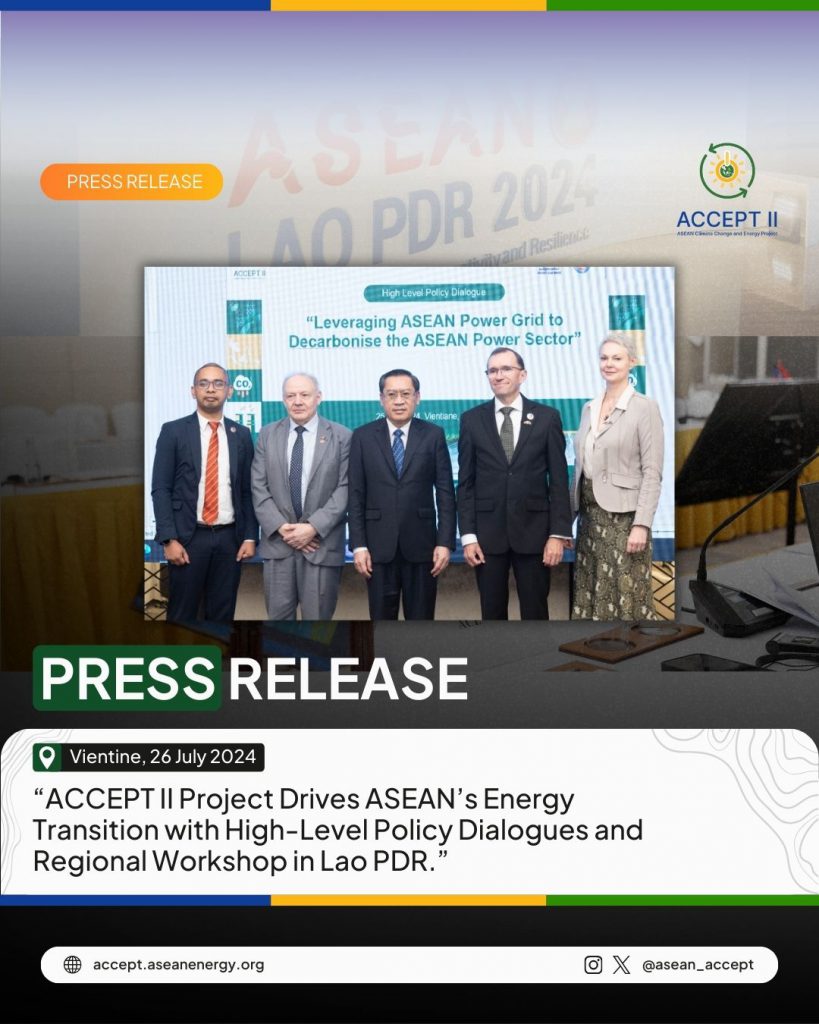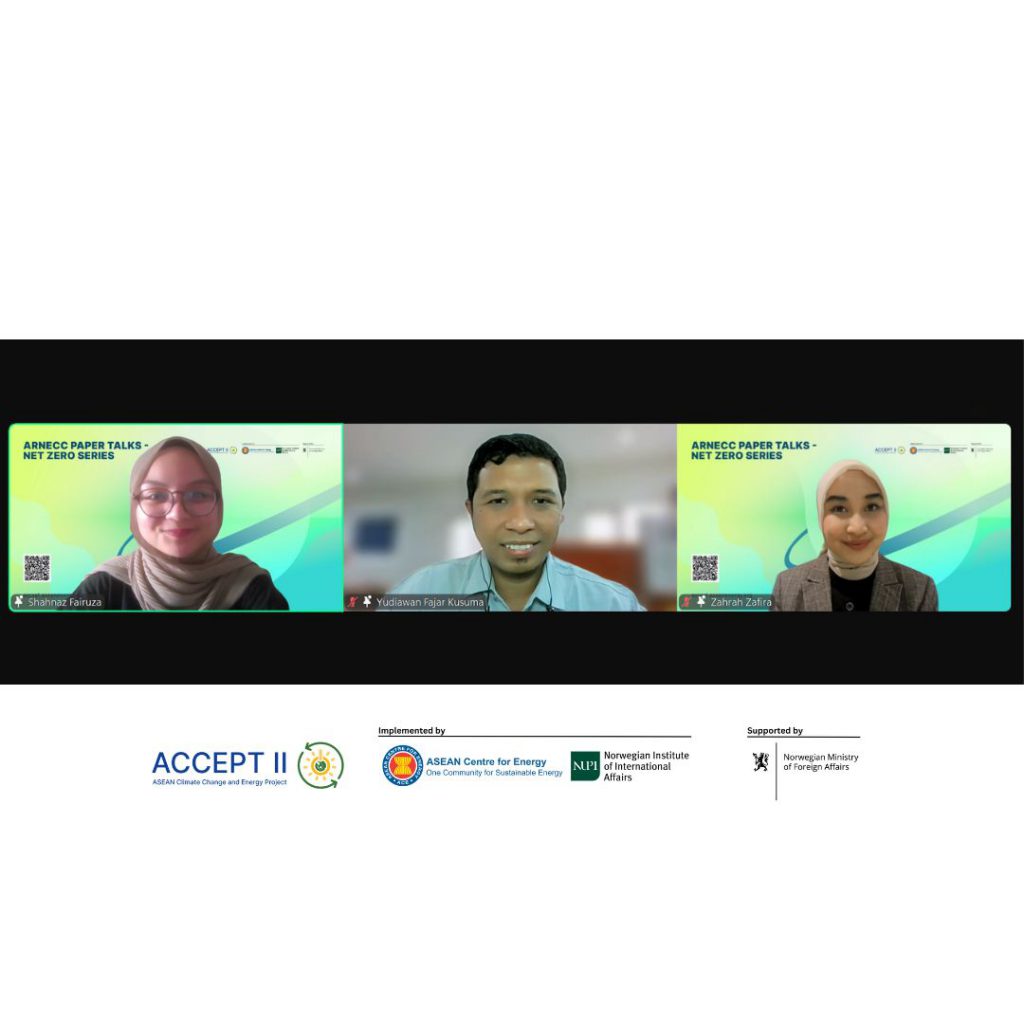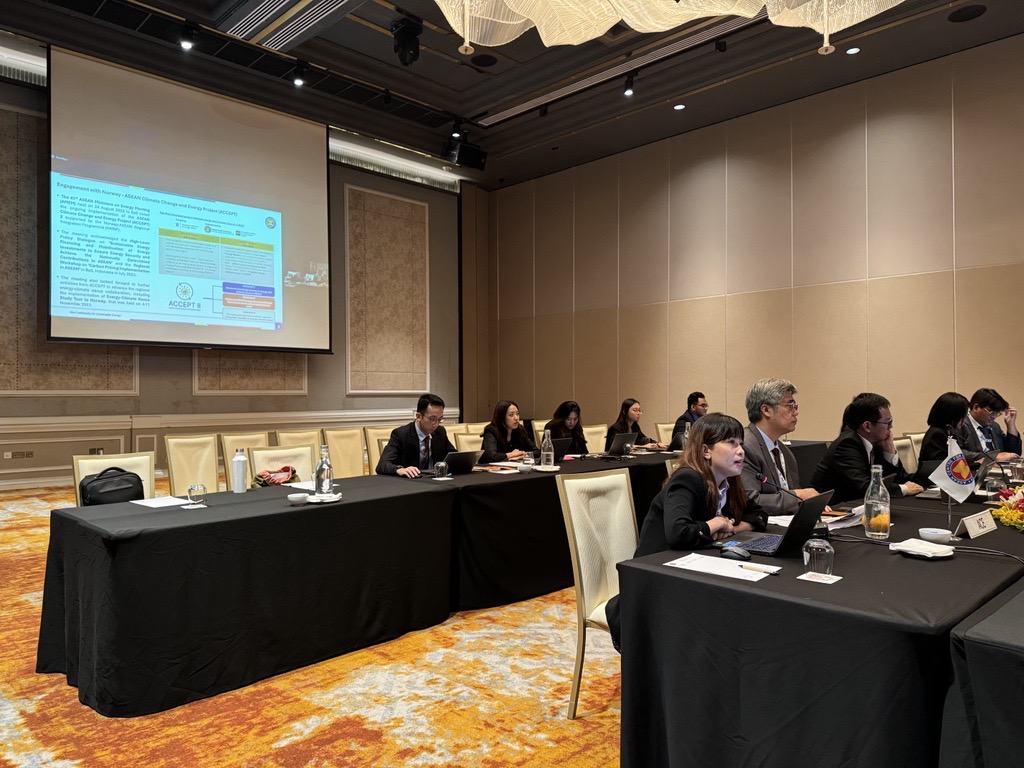To secure a future where Lao PDR is capable of mitigating and adapting to changing climatic conditions in a way that promotes sustainable economic development, reduces poverty, protects public health and safety, enhances the quality of Lao PDR’s natural environment, and advances the quality of life for all Lao People.
To achieve the above vision, Lao PDR has outlined the following intended mitigation activities to be implemented in 2015 – 2030.
In 2020 it is estimated that national GHG emissions will be around 53,000 ktCO2e, this has been through the reduction of GHG mitigation measures that have been implemented since 2000. Lao PDR achieved a 34% reduction in emissions between 2000 and 2020 compared to the baseline scenario while the GHG emission growth rate during the period can be estimated at around 0.3% on average annually.






